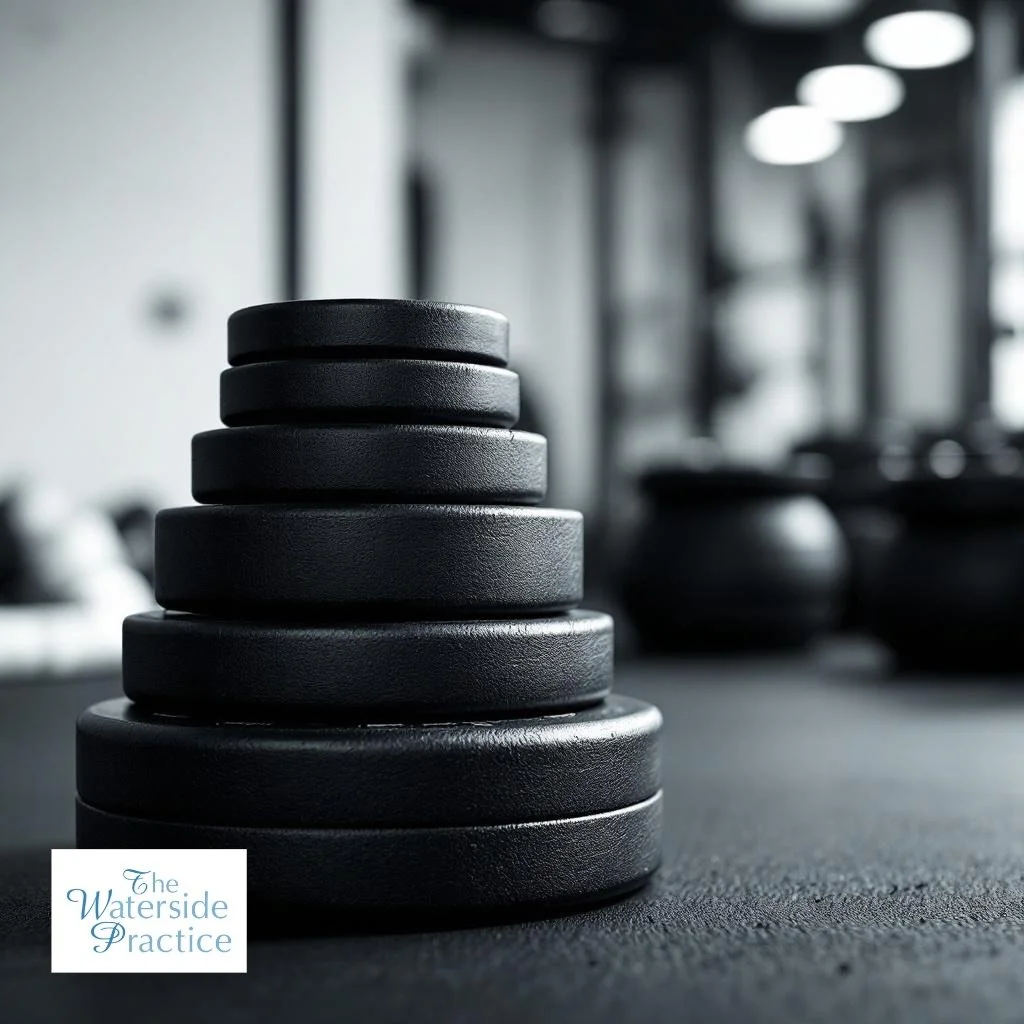Weightlifting & Back Pain: Friend or Foe?
When someone with chronic back pain tells me they want to “get stronger,” my inner debate starts: can lifting help — or will it make things worse? And let me tell you as a manual therapist (Osteopath) of approaching 15 years, a patient with a flare in back pain is still an undesirable (not as terrifying as in my first year!) scenario that all therapists working with back pain will be able to relate to.
The answer is: it depends. Sorry, not the straight answer we perhaps all were looking for BUT done wisely, strength training can be a powerful tool in reducing back pain, preventing flare-ups, improving bone health, and enhancing quality of life. Done poorly, it can aggravate existing issues or delay recovery.
As an Osteopath, I get this question a lot. Many patients believe that weight training and back pain don’t mix — that lifting weights is dangerous or will “put their back out again.” Understandably, they often stop exercising altogether and even going through their full range of spinal movement for fear of making things worse.
But here’s the truth: avoiding movement altogether can absolutely lead to stiffness, loss of strength, and more frequent episodes of pain. This is the biggest post-flare up talk I give to patients when recovering - use it, or lose it as scary as it seems. When done correctly, resistance training builds strength, confidence, and resilience — all of which protect the back in the long run.
How Weightlifting Can Help Chronic Back Pain
1. Builds Neuromuscular Strength & Stability
Resistance training strengthens the spinal extensors, glutes, hips, and core stabilisers. Stronger muscles around the spine unload pressure from discs and ligaments, improving control and reducing pain.
Studies consistently show that strength training programmes lead to pain reduction and better function in people with chronic low back pain.
2. Supports Bone Density & Women’s Health
For women — particularly post-pregnancy or in later life — lifting weights is one of the most effective ways to maintain or increase bone mineral density. Stronger bones and muscles mean a more stable, resilient spine meaning long term spinal protection from issues later in life such as Osteopenia, fractures and poor spinal posture.
3. Reduces Fear & Builds Confidence
Regular lifters often develop more positive beliefs about movement and less fear of pain. This mindset shift is crucial: confidence and gradual exposure to movement can be as important as the exercises themselves.
4. Improves Whole-Body Health
Strength training supports healthy metabolism, hormone balance, posture, and systemic inflammation — all of which can influence how we experience back pain.
When Lifting Can Backfire
Like any form of exercise, there are risks — especially when technique or load isn’t managed well.
Poor lifting form (flexing, twisting, or loading the spine excessively) is a common cause of injury.
Rapid increases in training load can trigger flare-ups.
Pushing through sharp or worsening pain may aggravate disc or joint irritation.
That said, injury rates in weightlifting are relatively low — much lower than in many contact sports — averaging around 1 to 4 injuries per 1,000 training hours. With correct technique and sensible progression, lifting is safe and effective for most people.
Osteopath’s Guide to Safe Strength Training
Here’s what I recommend to patients who want to lift safely with a history of back pain:
1. Master Technique Before Loading
Focus on hip hinge, neutral spine, and core bracing. Technique always comes before weight.
2. Start Light & Progress Gradually
Avoid sudden jumps in load or volume — your spine and muscles need time to adapt.
3. Work the Posterior Chain
Include deadlifts, Romanian deadlifts, hip thrusts, and glute bridges. Research shows posterior-chain training is safe and effective for people with chronic low back pain.
4. Train Core Stability
Incorporate stabilisation exercises such as planks, bird-dogs, and Pallof presses. A stable core supports efficient movement and reduces strain on the spine.
5. Listen to Your Body
Mild muscle soreness is fine, but sharp or escalating pain means stop, reassess, and modify.
6. Plan Recovery & Variation
Use deload weeks, mix heavy and light sessions, and include mobility work to keep the spine moving freely.
If you’re new to lifting or find that certain exercises flare your symptoms, working with a qualified coach or clinician familiar with spinal health is essential. Good guidance makes all the difference.
During a Flare-Up: Move Smart, Don’t Stop
When back pain spikes, many people assume they should stop training completely — but research suggests the opposite.
Gentle, modified movement helps reduce stiffness and maintain confidence. Try:
Pelvic tilts, knee rolls, or gentle core isometrics
Reducing load or range of motion
Keeping some mobility work within pain limits
Avoiding all activity can prolong recovery, while appropriate movement often shortens it. Once symptoms ease, gradually rebuild strength and return to your usual programme.
Final Thoughts
Weightlifting and resistance training can be one of the most effective tools for managing and preventing back pain — when done intelligently.
As an Osteopath, I see daily how fear of movement can be more limiting than the pain itself. By rebuilding strength safely, people regain not only control over their back pain but also confidence in their body.
If you’re unsure how to start, seek advice from a qualified Osteopath or strength coach who understands spinal health. With the right guidance, lifting weights isn’t your foe — it’s your friend.
About the Author
Written by Bernitta Willoughby M.Ost DO PGD WHO – Principal Osteopath at The Waterside Practice
Bernitta has specialised in treating back pain and women’s health for over a decade. Drawing on years of clinical experience and a deep understanding of biomechanics, she helps patients restore confidence in movement, reduce pain, and regain long-term spinal strength.
Need Help with Back Pain or Unsure Where to Start?
If you’d like tailored advice on lifting safely, managing back pain, or rebuilding your confidence in movement, you can book an appointment at The Waterside Practice or call 01487 209084.
Your back is designed to move — let’s help it move well.



